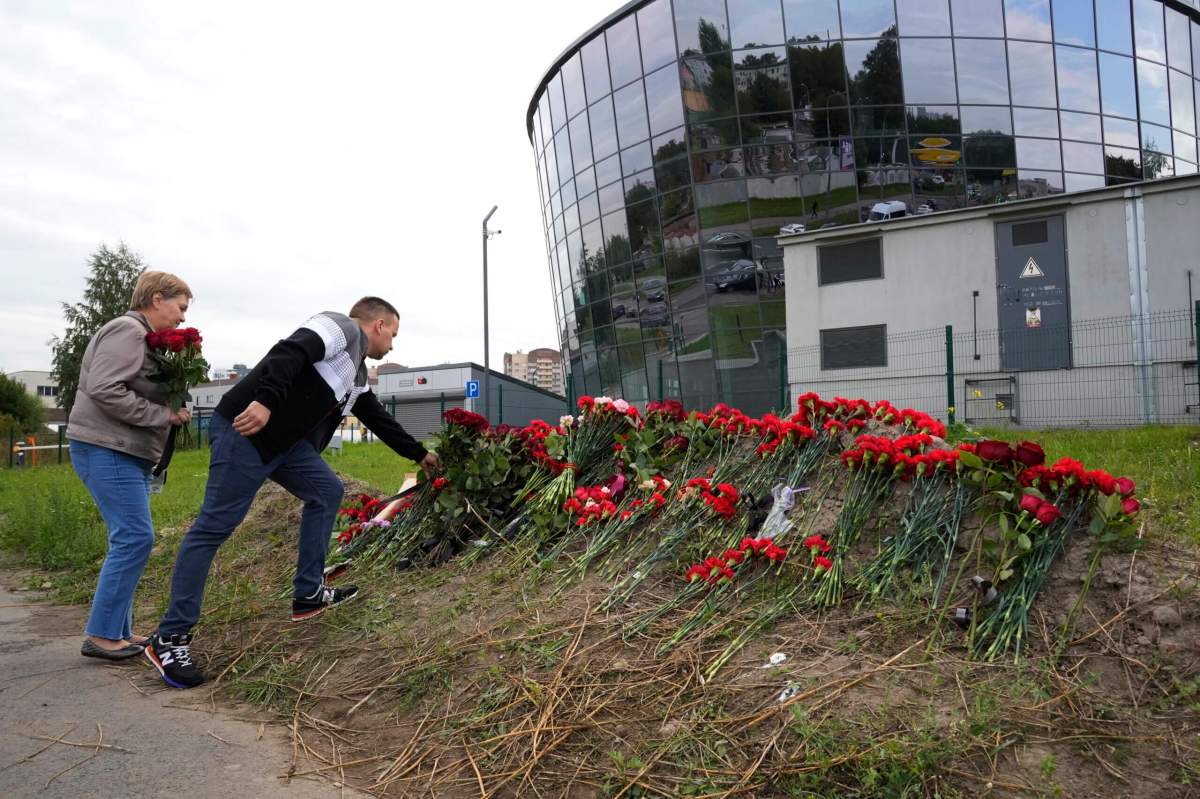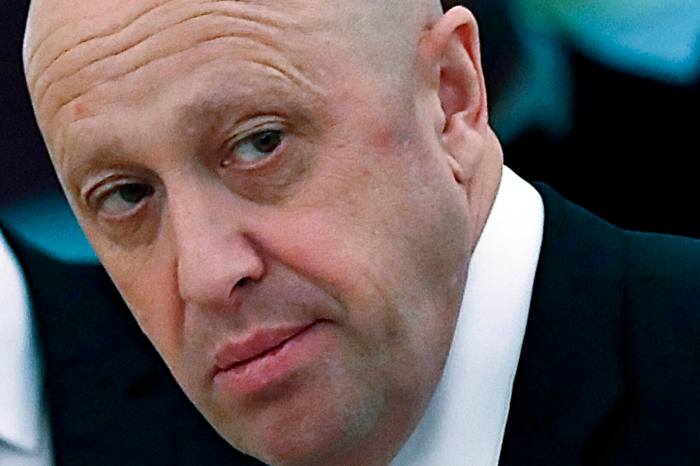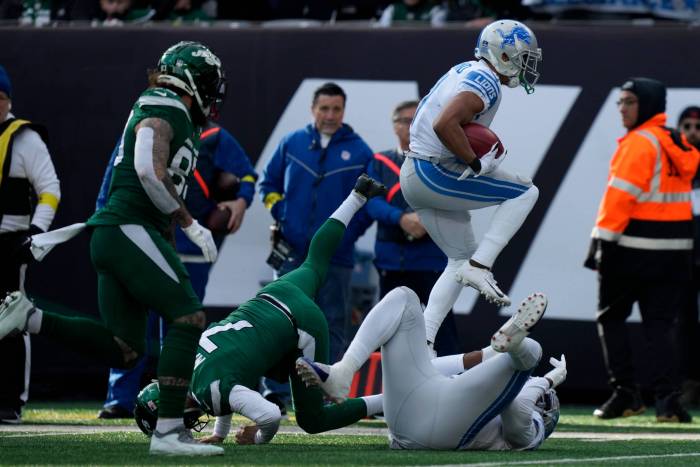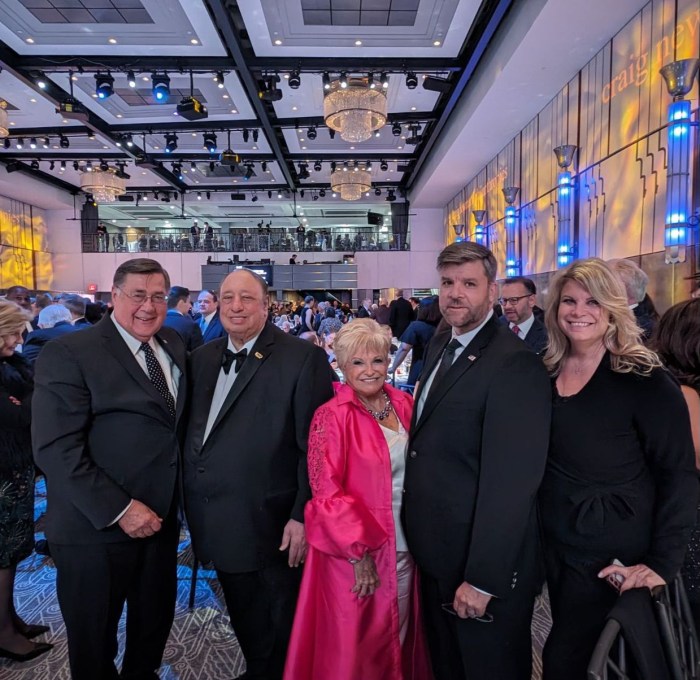The passenger manifest of the plane that went down in Russia is essentially a who’s who of Wagner mercenaries, including its second-in-command, who baptized the group with his nom de guerre, as well as the logistics chief, a fighter wounded by U.S. airstrikes in Syria and at least one possible bodyguard.
And, of course, Yevgeny Prigozhin himself, Wagner’s leader and mutineer, who many believed was a marked man after his short-lived uprising in June against the Russian military.
In all, the other passengers included six of Prigozhin’s lieutenants, along with the three-member flight crew. For company leaders who were called out by the Kremlin as traitors to travel together on a single flight appeared to be an extraordinary breach of security. The purpose of the trip was unknown.
“The decision to put so many senior-level people on one plane was a poor decision, as key figures should always fly separately,” said Lou Osborn, author of a forthcoming book on the mercenaries. “Prigozhin was feeling overconfident. He might have genuinely been made to feel like he was pardoned.”
DMITRY UTKIN
For a long time, Utkin was believed to be the founder of Wagner, but many analysts now say that was a smokescreen for Prigozhin, who only recently acknowledged his leading role in the mercenary group.
Utkin, a retired special forces officer, a member of the GRU military intelligence service and a veteran of Russia’s wars in Chechnya, was responsible for command and combat training, according to investigations by the Dossier Center and Bellingcat.
Some of the few photos circulating of him indicate he had Nazi-style tattoos, and reports claimed that he loved Nazi symbols. His nom de guerre was Wagner, an apparent reference to German composer Richard Wagner, who was said to be Adolf Hitler’s favorite, and that became the group’s name.
Utkin was seen in a video broadcast from a Kremlin reception in December 2016, definitely linking Wagner to President Vladimir Putin despite his earlier denials that the group had any links to the government.
VALERY CHEKALOV
Chekalov served as Wagner’s logistics mastermind. A longtime employee of Concord Holding — another Prigozhin company — he was in charge of managing mercenaries, securing weapons and running the oil, gas and mineral businesses in Syria and Africa, said Osborn, who is an investigator with All Eyes on Wagner, a project focusing on the group.
The U.S. sanctioned Chekalov for his ties to Prigozhin. The Wagner leader’s travel arrangements were among his responsibilities, according to Russian media.
YEVGENY MAKARYAN
Makaryan fought with Wagner in 2018, when he was wounded in Syria after coming under withering U.S. airstrikes that killed dozens of Wagner fighters in what became known as the Battle of Khasham, according to the Dossier Center.
He remained a commander in the group, though little is known about his exact role.
Little is equally known about the other three Wagner fighters on the manifest, who included Alexander Totmin, Sergei Propustin and Nikolai Matuseiev. At least one of the men fought in a unit that became Prigozhin’s source for securing personal bodyguards, according to the Dossier Center. They had been with the organization for years.
The flight crew was little-known but included a pilot, co-pilot and flight attendant.


















